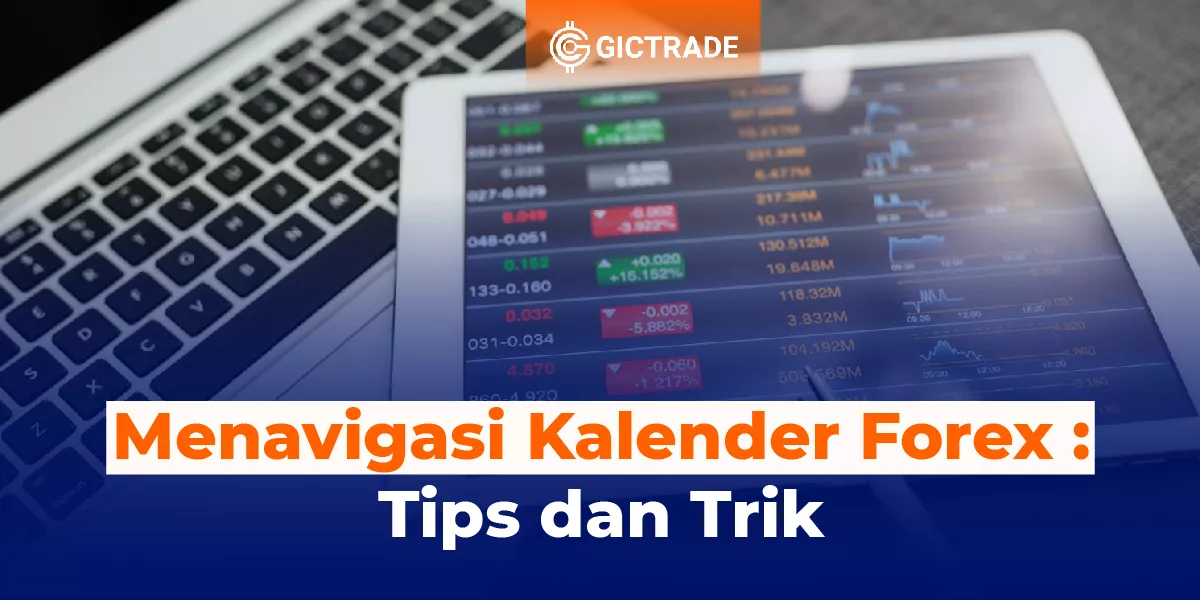What Is Bullish Bearish Sideways
In general, the stock market is divided into 2 types: an upward market or better known as a bull market and a down market or bear market. In addition, there are other markets that do not rise or fall as much and there is no clear direction of adjustment. We will call it the Sideways Market. The reason the market calls bullish and bearish is because of the posture when they fight. Bullish, when fighting, he will duck. Like soaring stock prices. When the bearish fights, he will use his hands to scavenge. Like the stock price falling. If the stock market is in a bullish state, all factors will look good, such as the economic conditions and the profitability of the listed companies are growing. On the other hand, if it is in a bear condition, it will be a period when the fundamentals are "in a "slump in the economy" and a period when investors start to be "unconfident". The stock market is sensitive. Also, government policies on stock market stimulation may be unclear. Sideways markets occur when the price of a market-traded asset moves horizontally due to the same demand and supply forces. This scenario usually occurs during a period of consolidation, before the price continues to follow the previous pattern or form a new trend. Sideways markets are caused by price fluctuations between strong support and resistance levels. Such a situation causes price movements to remain flat in the long term before starting a new trend, where the value rises or falls. On the other hand, volume, which is the main sign of trading, remained mostly flat during sideways markets due to dominant bullish and bearish sentiment. When a breakthrough or breakdown occurs, volume and price can skyrocket quickly or even fall freely. This is why traders should pay attention to technical indicators and other visual patterns when evaluating sideways markets. The goal is to determine how the price will change and when a breakdown or breakout will occur.Sideways Detection Indicator
Technical indicators of the sideways market include:1. Overlay Indicator
Overlay indicators are plotted directly at price points – or candlesticks and bars – on a market chart. The types of overlays that can be used to detect sideways markets are as follows:- William's Alligator Indicator is an overlay that moves in the opposite direction to the current price movement, indicating a new trend. However, if the price does not follow the projections, the market is likely to be sideways.
- The Bollinger Bands indicator detects a sideways market when the visuals form a horizontal pattern with decreasing heights.
- The Parabolic SAR indicator is a set of points that correspond to the price movement of an asset. If the dots form a relatively flat pattern, it is a pretty good indicator that we are in a sideways market.
2. Oscillator Indicator
Unlike overlay indicators, oscillator indicators are plotted at the bottom of the market chart. Here are the different types of oscillator indicators and how they can indicate sideways markets.- Accelerator Oscillator Indicator (AO) Indikator These are plotted in bars – similar to histograms. If the height of the histogram appears to rise and fall in a tight range, then the volatility is low. Therefore, it is likely that the market is sideways.
- Relative Strength Index (RSI) Relative Strength Index (RSI) displays the average ratio of closing price increases. If there is no divergence and the RSI signal is active, it indicates a sideways market.
- Average Directional Index Movement Indicator (ADX) This indicator is used to detect trend direction and strength using a proven non-delay algorithm that can anticipate future price movements. The ADX indication is checked using the ADX's mainstream movement at level 20. If the signal is below that level, the trend is considered weak, and the price is likely to remain flat or sideways.
Characteristics of Sideways Detection Indicators
If the price point on the market chart forms a mountain-and-valley-like shape that is roughly the same height as the green and red short candles, it is most likely a sideways market. This pattern indicates a stable market movement, which is neither growing nor declining. To identify a sideways market, you must first know the support and resistance levels. Support is the price at which the buyer re-enters. They don't let the price fall below that level. Resistance is where buyers sell investments. They didn't believe it would be much higher. The sideways market will trade in the two levels of resistance and support. It is also called a "range-restricted market". Sometimes it may rise above or below those levels, but it is not followed by higher or lower levels. If the price exceeds the resistance level, then follows it with a higher high, the sideways market will end. This is the transition to a bull market. If the price falls below the support level, then falls even lower, it is also the end of the sideways market. This is the beginning of a falling market.Example of Sideways Detection Indicator
Sideways markets can be identified through a variety of methods. One method often used by traders to identify sideways markets is to simply look at the daily chart of stock price action over a period of time. If the stock price appears to be trading in a narrow vertical range, sometimes referred to as support and resistance points, the stock is said to be trading "sideways". However, there are two useful technical indicators that can offer quality signals to traders.1. Average Directional Movement Index
One of the sideways market indicators is the ADX, or Average Directional Movement Index. It is a technical indicator calculated by using the previous stock price relative to the current price to produce a number between 0 and 100 where an output below 25 indicates horizontal price action indicating a sideways market. The chart below illustrates how a trader can use an ADX signal below 25 to correctly predict a sideways market in the Euro. When using technical indicators such as ADX or RSI signals to identify sideways markets, traders often have difficulty understanding how to take advantage of these situations. After all, how can you profit from trading stocks with little upward or downward movement? The answer is through the use of various preferred strategies which will be explained in detail below.
When using technical indicators such as ADX or RSI signals to identify sideways markets, traders often have difficulty understanding how to take advantage of these situations. After all, how can you profit from trading stocks with little upward or downward movement? The answer is through the use of various preferred strategies which will be explained in detail below.
2. Relative Strength Index
Relative Strength Index, or RSI for short, is another technical indicator that traders can use to identify narrow price action in a stock. Similar to the ADX indicator, the relative strength index is calculated using inputs from previous price action to indicate whether a stock has trading momentum in a particular direction. This indicator produces a reading between 0 and 100 where an output between 40 and 60 is a good indication of a sideways market in a particular stock. The chart below illustrates how a trader can use an RSI signal between 40 and 60 to correctly predict a sideways market in the Euro.
Trading Tips during Sideways Conditions
Trading Sideways requires patience. If you're hungry enough to make every trade, the sideways market isn't for you. You can implement four main strategies in the sideways market; Margin trading, stalking breakouts, trading inside price swings, and trading range breakouts. Here's a quick look at each.Trade the edges
In a sideways market, price behaves in three ways; normal, turbulent, and calm. You need to apply a lower time frame such as 5 minutes or 15 minutes and look to the reversal of the trade from the edge in normal and volatile conditions. Here the edge exemplifies the support and resistance levels.Stalk the breakout
The forex market moves between periods of volatility and calm. This means that you can adjust your risk/reward ratio. Stalking the market signals that the best breakout comes after a quiet sideways market. The main note to add here is that sometimes breakouts don't happen; Therefore, it is best to wait for the arrival of the breakout and then choose an entry point. Additionally, breakouts can be dangerous, so it's important to take the right risks/rewards.Trade inside the price swings
In this approach, you need to place your trade as the price moves back and forth within the sideways market. You set your trade in the direction of the jump, and when the price moves in the opposite direction, you exit the trade. This strategy looks simple but requires full attention. This is because a sideways market indicates uncertainty, and forex pairs can move in any direction.Range breakout trading
The concept of range breakout trading is to enter the market after a breakout. You enter the market towards a breakout. For example, if the direction is bearish, you go short.When It's Already in Sideways Conditions, What Should I Do?
After a sideways market, a stock will sometimes experience periods of volatility. This volatility is likely the result of the movement of stocks from a narrow trading period between the level of support or resistance prices to a bull or bear market. An example can be seen in the image below, which shows stocks that have been in a sideways market—trading in a narrow range of price movements—to several trading sessions with a positive uptrend
After knowing about bullish bearish sideways along with the indicators used along with their trading tips, then you can apply these tips so that you don't make a mistake in trading yourself. In addition, make sure to register on the GIC trading platform and take part in various trading classes held to better understand your own trading tips and tricks. Don't forget to also follow the GICTrade Instagram account for other information about forex!
 Last:
Last: 







